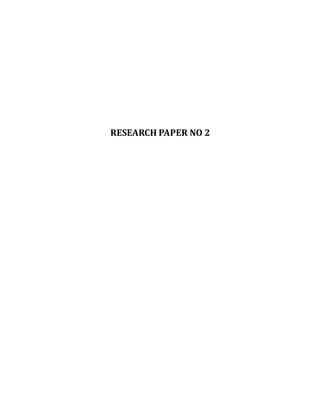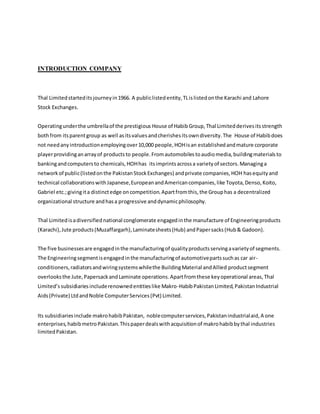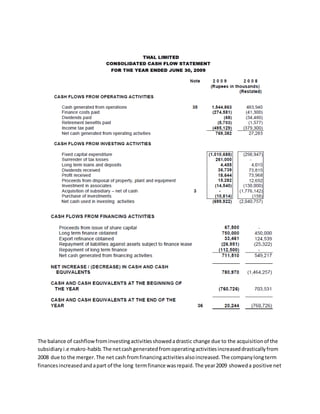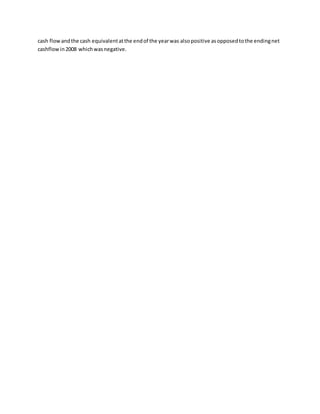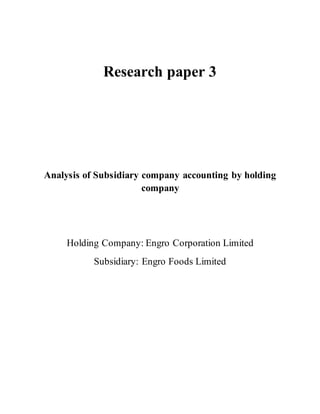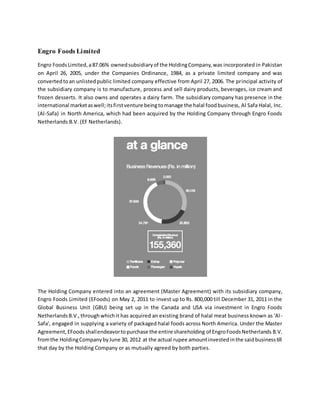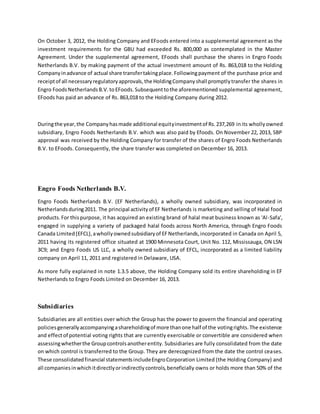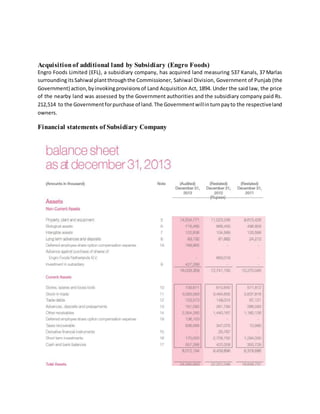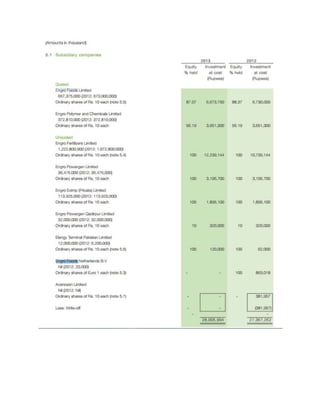The document discusses International Financial Reporting Standards (IFRS) and accounting principles, regulations, and standards. It provides an introduction to IFRS and discusses their origins and adoption in different countries. It then summarizes criticisms of IFRS, Pakistan's adoption of various IFRS, accounting standards used in different institutions, and basic objectives and concepts of financial accounting standards like GAAP.
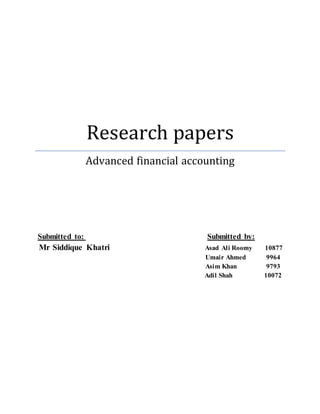
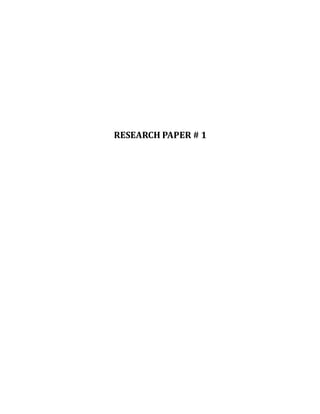

![Criticisms of IFRS are (1) that they are not being adopted in the US, (2) a number of criticisms
from France and (3) that IAS 29 Financial Reporting in Hyperinflationary Economies had no
positive effect at all during 6 years in Zimbabwe´s hyperinflationary economy. The IASB offered
responses to the first two criticisms, but has offered no response to the last criticismwhile IAS
29 is currently (March 2014) being implemented in its original ineffective form in Venezuela and
Belarus.
ADOPTION OF PAKISTAN :
All listedcompaniesmustfollowall issuedIAS/IFRSexceptthe following:
IAS39 and IAS42: Implementationof these standardshasbeenheldinabeyance byState Bankof
PakistanforBanksand DFIs
IFRS-1:Effective forthe annual periodsbeginningonorafter1 January2004. ThisIFRS isbeing
consideredforadoptionforall companiesotherthanbanksandDFIs.
IFRS-9:Under considerationof the relevantCommitteeof the Institutes(ICAP&ICMAP).ThisIFRSwill
be effective forthe annual periodsbeginningonorafter1 January2013.
Pakistanhasnot adoptedIFRIC4 DeterminingwhetheranArrangement ContainsaLease
Pakistanhasnot adoptedIFRIC12 Service ConcessionArrangements.
ACCOUNTING / AUDITING / REPORTING STANDARDS AT VARIOUS INSTITUTIONS:
GenerallyAcceptedAccountingPrinciples,USGAAPor GAAPstandsfor "generallyacceptedaccounting
principles".Althoughthe U.S.SecuritiesandExchange Commission (SEC) hasstatedthatitintendsto
move fromUS GAAPto the International Financial ReportingStandards (IFRS),theydifferconsiderably
fromGAAP andprogresshas beenslowanduncertain.
The FASB expressedUSGAAPin XBRL beginningin2008.
Auditorstookthe leadingrole indevelopingGAAPforbusinessenterprises.
Accountingstandardshave historicallybeensetbythe AmericanInstitute of CertifiedPublic
Accountants(AICPA) subjectto SecuritiesandExchange Commission regulations.[4]
The AICPA first
createdthe Committee onAccountingProcedurein1939, andreplacedthatwiththe Accounting
PrinciplesBoard in1959. In 1973, the AccountingPrinciplesBoardwasreplacedbythe Financial
AccountingStandardsBoard (FASB) underthe supervisionof the Financial AccountingFoundation with
the Financial AccountingStandardsAdvisoryCouncilservingtoadvise andprovide inputonthe
accountingstandards.OtherorganizationsinvolvedindeterminingUnitedStatesaccountingstandards
include the Governmental AccountingStandardsBoard (GASB),formedin1984, and the PublicCompany
AccountingOversightBoard (PCAOB).
Circa 2008, the FASBissuedthe FASBAccountingStandardsCodification,whichreorganizedthe
thousandsof US GAAPpronouncementsintoroughly90accountingtopics](https://image.slidesharecdn.com/researchpapers-140816105227-phpapp02/85/Research-on-Financial-4-320.jpg)
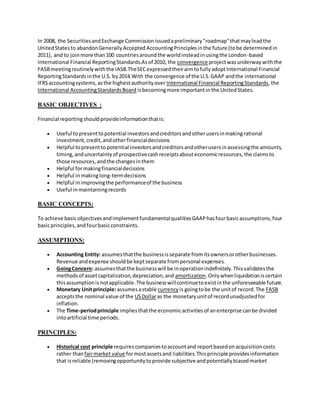
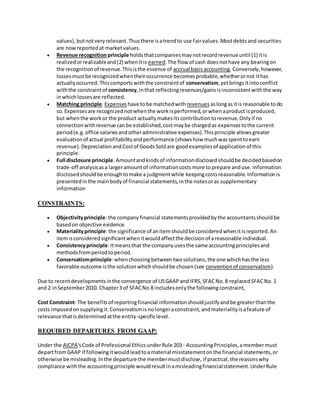


![Exchange Commission (SEC),guidance thatfollowsthe same topical structure inseparate sectionsinthe
Codification.
To prepare usersforthe change,the AICPA[11]
hasprovidedanumberof toolsandtrainingresources.
While the Codificationdoesnotchange GAAP,itintroducesanew structure—onethatisorganizedinan
easilyaccessible,user-friendlyonline researchsystem.The FASBexpectsthatthe new systemwill
reduce the amountof time andeffortrequiredtoresearchanaccountingissue,mitigatethe riskof
noncompliance withstandardsthroughimprovedusabilityof the literature,provideaccurate
informationwithreal-time updatesasnew standardsare released,andassistthe FASBwiththe research
effortsrequiredduringthe standard-settingprocess.](https://image.slidesharecdn.com/researchpapers-140816105227-phpapp02/85/Research-on-Financial-9-320.jpg)
